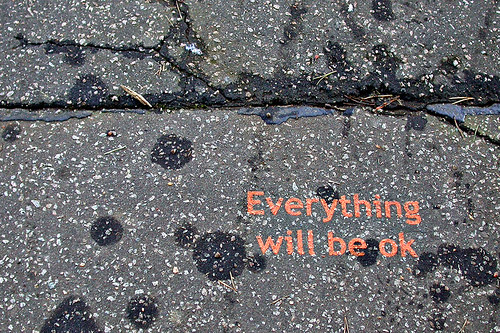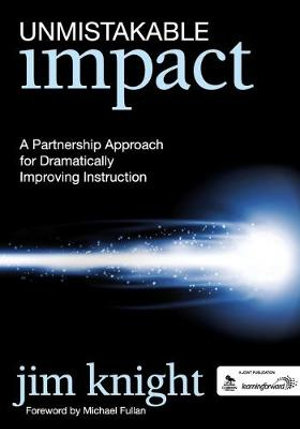Who knew it would be getting rid of something that helped herald the coming of mobile devices the most?
Starting last week, our team at work has been holding initial meetings with middle school principals in our district to discuss the coming 1:1 iPad mini distributions in their schools. Teachers are receiving their devices a semester before students so that they can become accustomed to the new tools before they need to help entire classrooms of folks shift their learning and making.
The conversation that’s come up in almost every meeting – Schools won’t need to buy agenda books for next year.
For the uninitiated, agenda books are a catch-all in middle schools. What others might call planners, these spiral bound beauties do so much more. They are the base of much home correspondence, hall and bathroom passes, and finally the place for collection of deadlines on homework assignments.
The coming of the iPad, complete with students’ Google Apps for Education accounts will do agenda work better and more efficiently.
It was in one principal meeting that I realized a key component of the professional learning we’re building for teachers as they move to these new devices is an introduction to how Google Calendar can work for them. More than putting dates on class homepages, teachers can have students subscribe to calendars. If they create groups of contacts, they’ll be able invite students to events like, “End of Quarter English Project Due,” and students will be able to set reminders via email, text, message, etc.
All of this will live in one space and be a more active alert for students than the passive thinking of, “I’m going to ask you to write this down, knowing many of you will not look at this again until I ask you to write something else down.”
As for hall passes, teachers will be able to quickly shoot an iMessage to whomever the destination teacher is alerting them to the fact that Student X is on his way – complete with time stamp.
Bathroom passes are a bit trickier and my unfamiliarity with them makes me tend away from solving this problem. In my last few schools, we didn’t have bathroom passes. If a student needed to advocate for himself and seek some relief from the classroom, I just needed a heads up in the case of a fire drill or the like.
I’m convinced asking to go to the bathroom throughout my school-age years is the reason I still, as a professional working adult, feel the compulsion to let people know, “I’m going to the bathroom” when I leave the office to do just that. Not healthy, right?
The point here? These mobile devices are going to allow teachers and students to learn, teach, and create in new and exciting ways. They’ll hold the most advanced field notebooks and multimedia studios in their hands each day. To start, though, to act as an in-roads to the value we see, they might also have to be sold as the best agenda books EVER.
And that might be okay – to start.
Image via Jacob Haas





